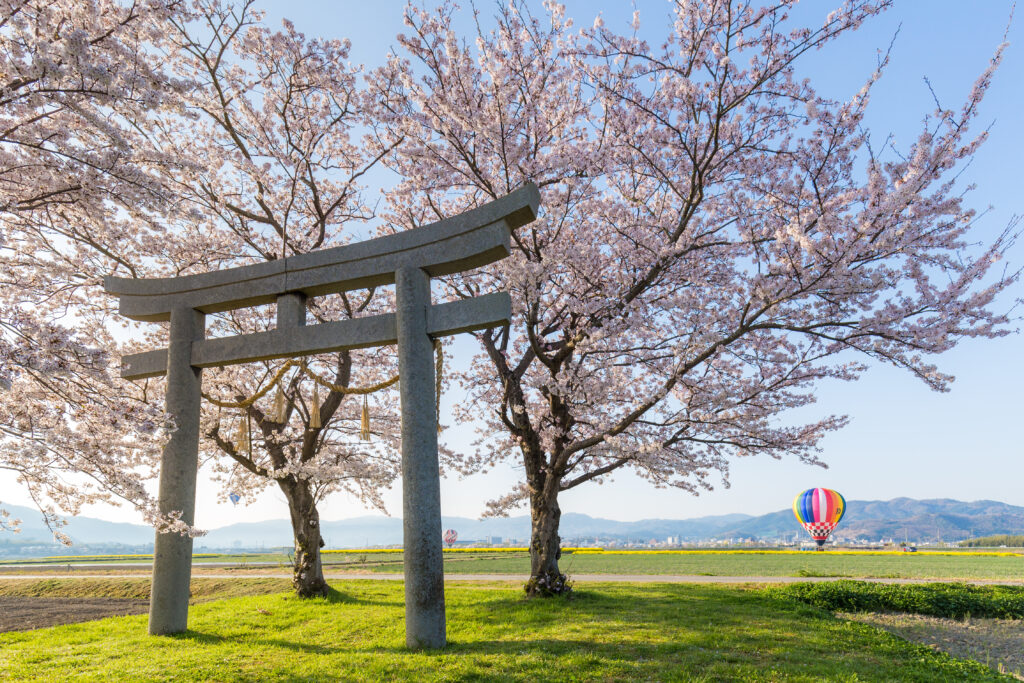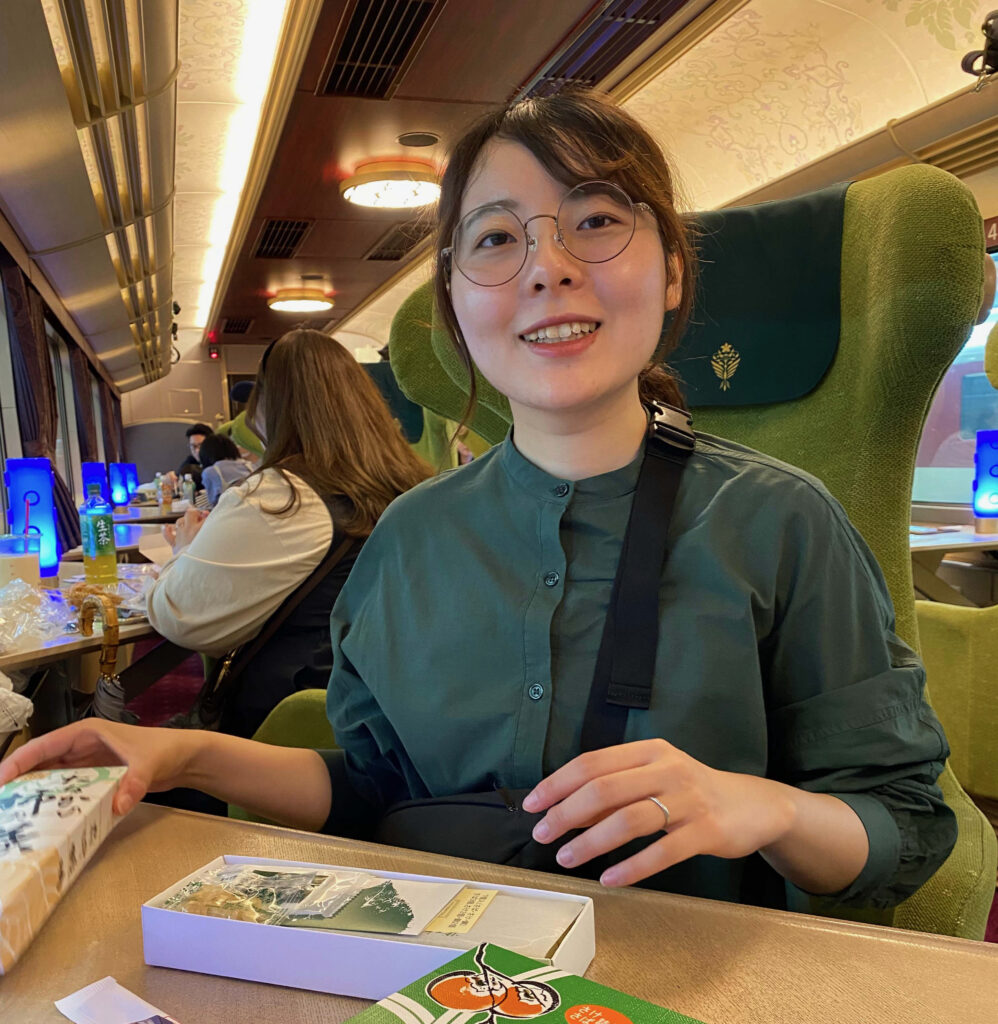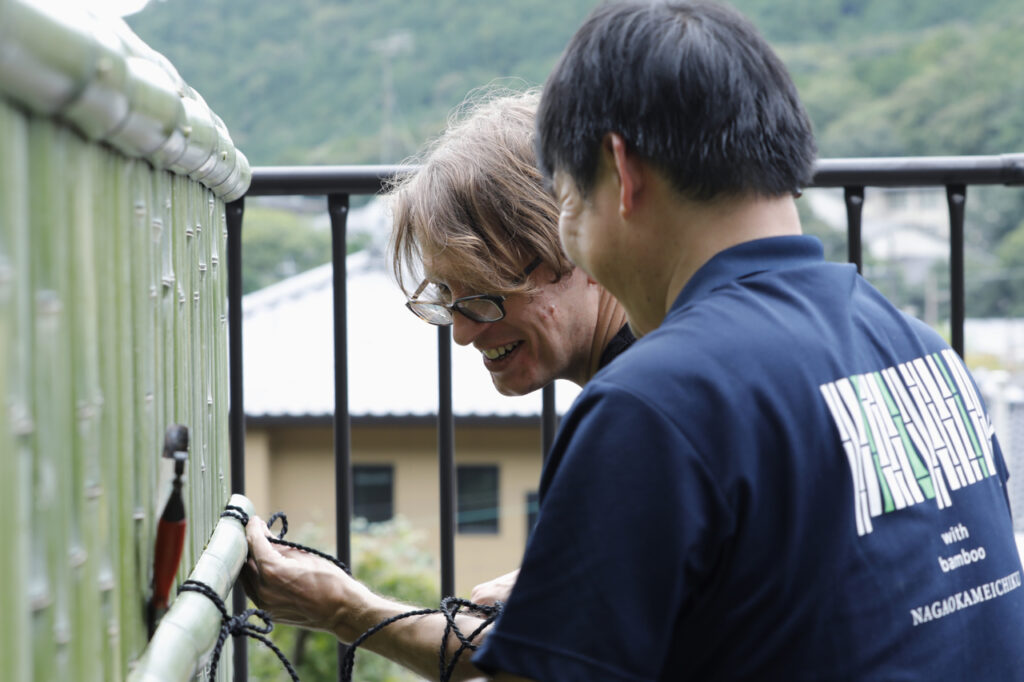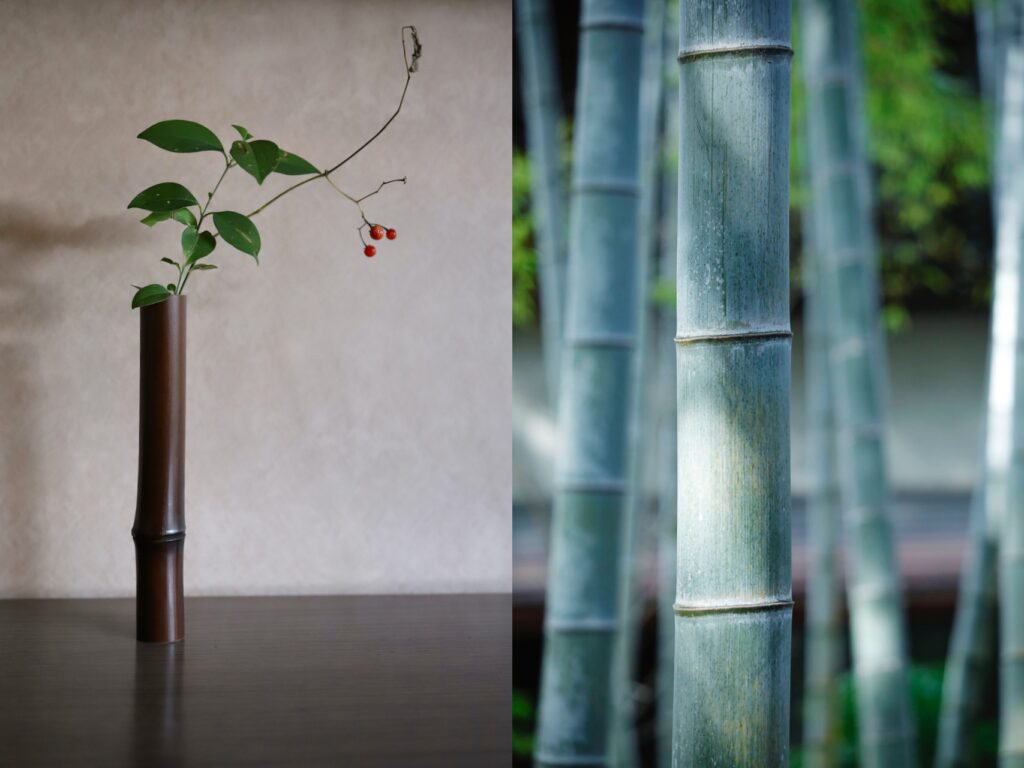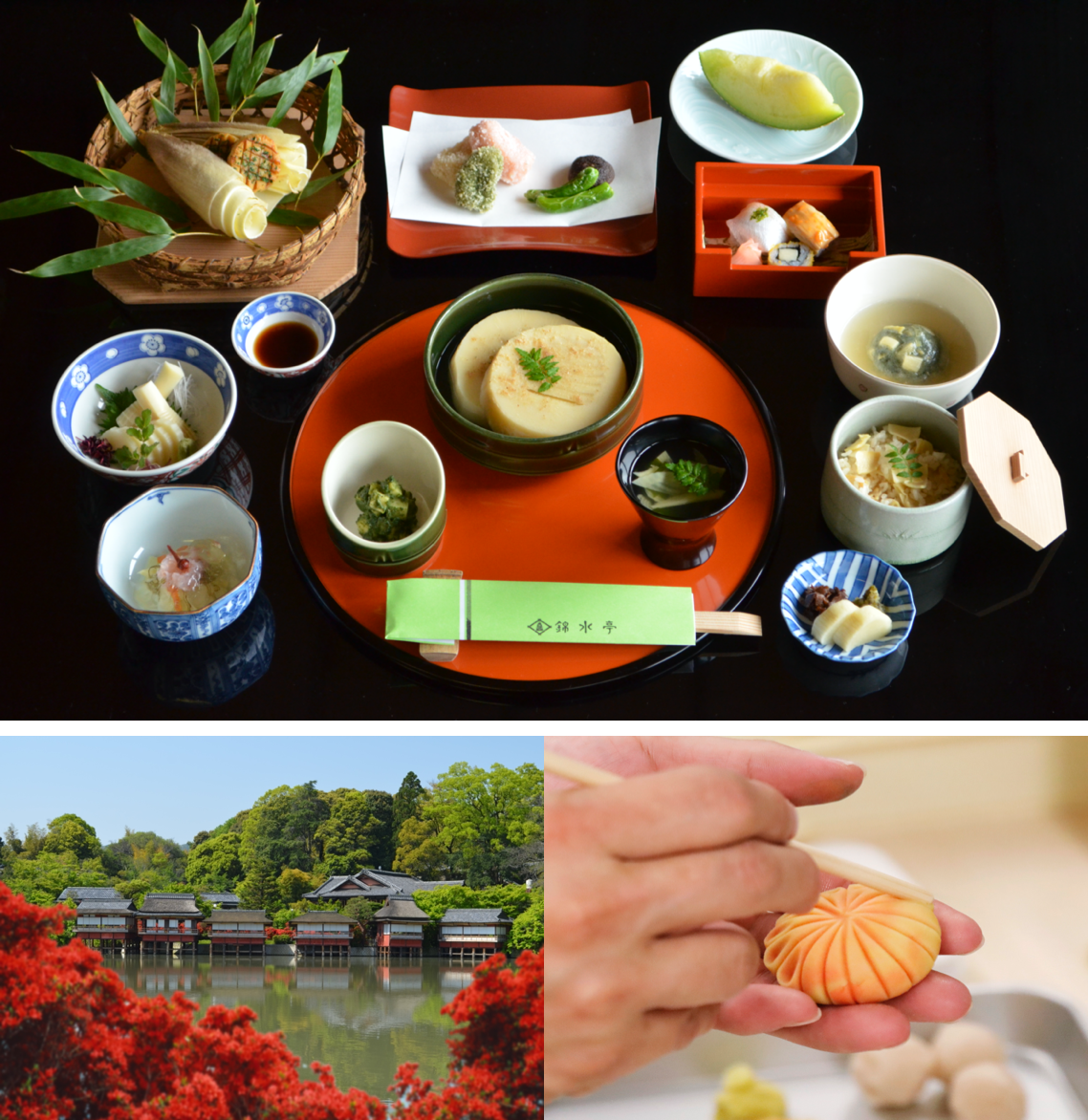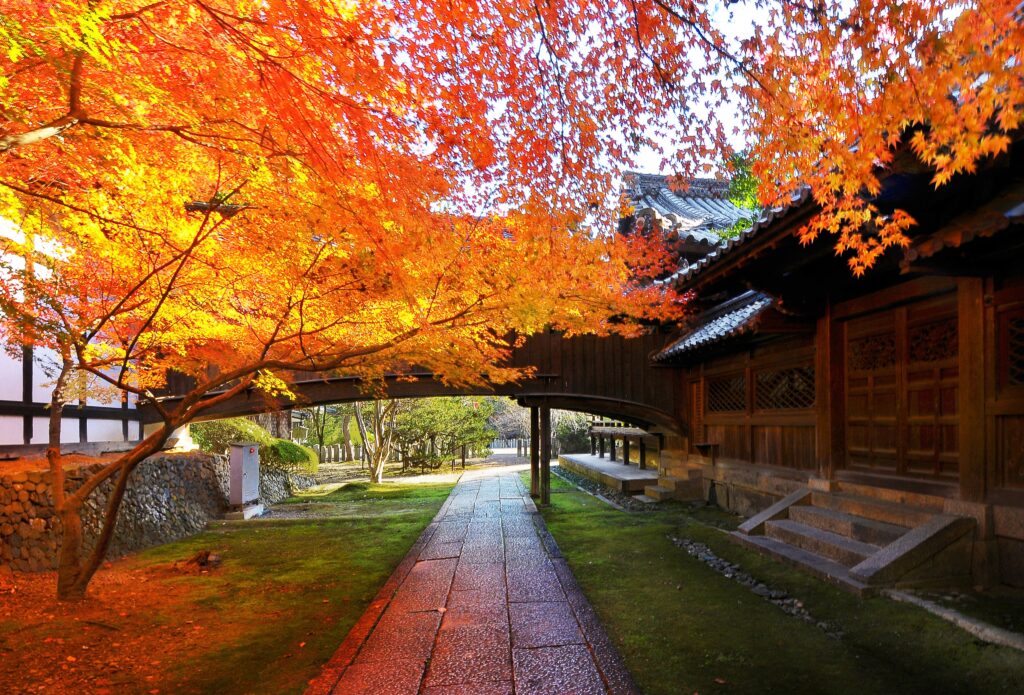Kyoto Tea Country (southern Kyoto)
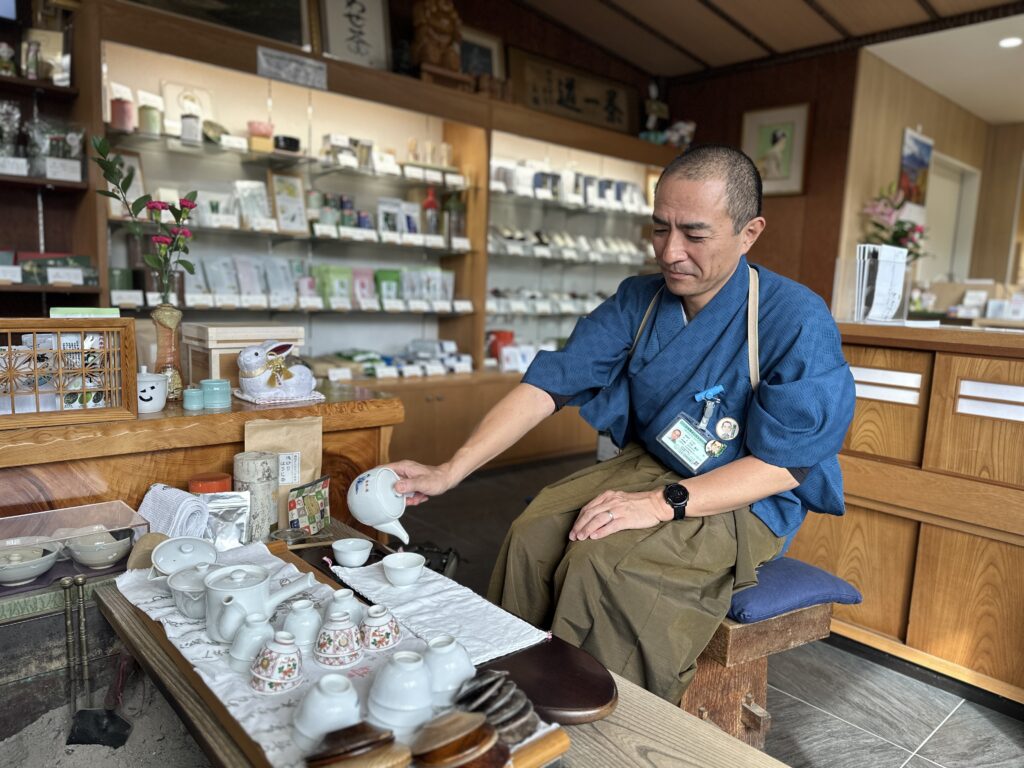
Our Insider:
Toshiya Nakabo, based in Ide Town, is at the forefront of promoting Uji tea and spearheading its international business endeavors from Maikonocha-Honpo (Maiko Tea Japan) in Kyotanabe City. He is a Nihoncha (Japanese Tea) Instructor. He stands out in his trademark hakama (a traditional Japanese garment) and known as Chamurai, a fun nickname that combines the words “cha (tea)” and “samurai.” His mission is to spread the charm of Uji tea worldwide. https://www.maiko.ne.jp/
◆Kyotanabe City’s Pride: Japan’s Finest Gyokuro
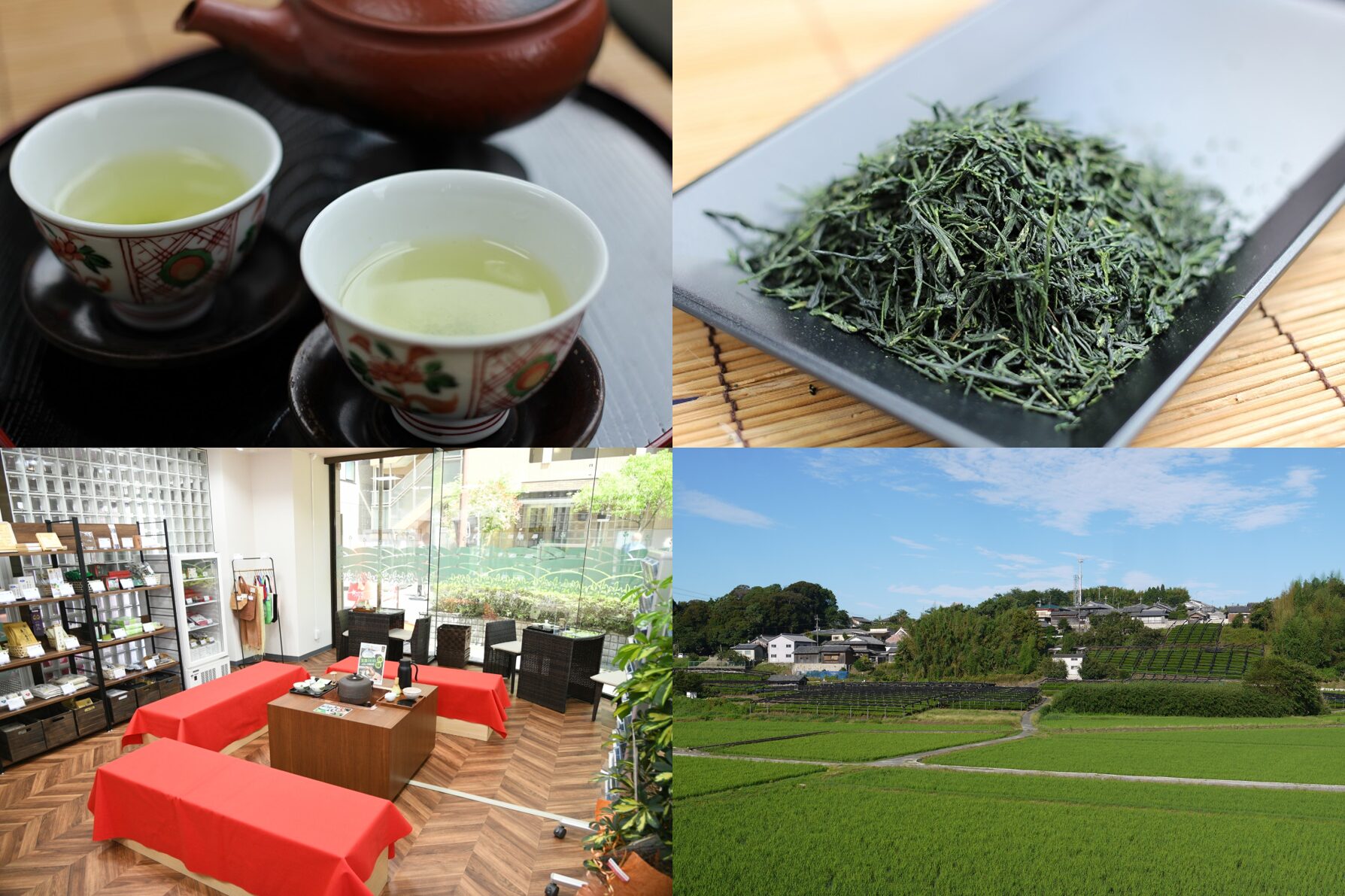
Kyoto Prefecture is famous for its Uji tea, including exquisite matcha (green tea made from ground tea leaves), sencha (green tea mainly brewed in a teapot), and so on. Kyotanabe City, located in the southern part of the prefecture, is at the forefront of gyokuro (premium green tea) production. This prestigious tea has won the top prizes at competitions many times for its deep sweetness, rich aroma, and umami (delicious savory taste). The experience of drinking Kyotanabe’s fine gyokuro is not to be missed.
For those interested in diving deeper into the world of gyokuro, the Kyotanabe Gyokuro Salon (in the Kyotanabe City Tourist Information Center) is a great place to visit first. Here, you can learn how to brew gyokuro and savor its distinguished flavor in a welcoming atmosphere. Just around the corner, you’ll find the Maiko Tea Boutique, It’s a café run by my employer, offering desserts made with matcha or hojicha (roasted tea), soba (noodles made with buckwheat flour) kneaded with Kyotanabe’s gyokuro and more.
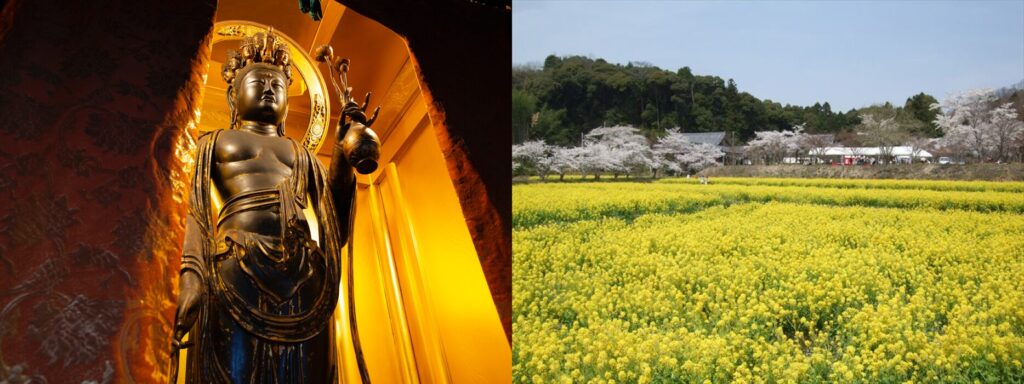
One of the reasons why Kyotanabe’s tea tastes so amazing is its rich natural environment. Also, bordered by the Kizu River to the east and mountains to the west, this area flourished as a crucial transport hub for centuries. It’s sprinkled with historic temples, too. One must-visit place is the Omido Kannon-ji Temple, boasting a long history that is said to be over 1300 years. Its principal deity is the Eleven-Faced Kannon statue that is a symbol of compassion. It’s designated as a National Treasure of Japan. In spring, the fields below the temple burst into a vibrant display of blooming canola flowers. Another notable site is the Ikkyuji temple, a renowned Zen Buddhist temple. A serene and dignified atmosphere prevails in the temple, offering a sense of purification to those who wander its precincts.
◆Enjoy local interactions in Ide Town
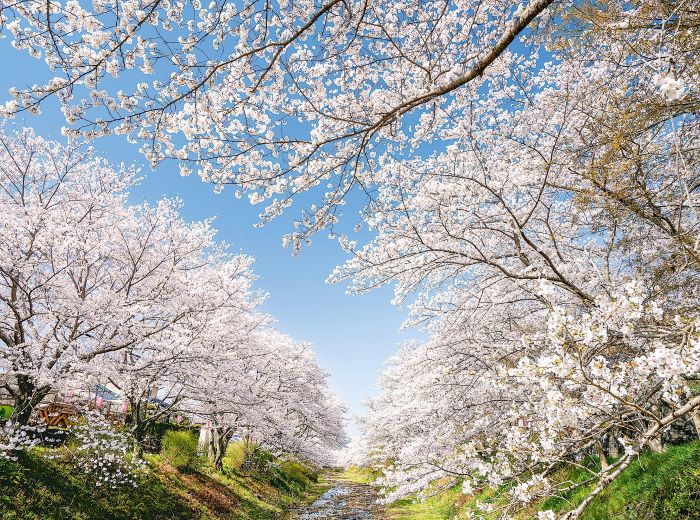
My home is actually located in Ide Town, right next to Kyotanabe City. Although it’s a small town with a population of about 7,000, its history runs deep, known since the Nara period (710-793) for the villas and temples built by nobles. The Tama River, flowing through the south, has been a scenic beauty spot celebrated in many ancient poems. In spring, the riverside comes alive with the blooming of 500 cherry trees, creating a breathtaking tunnel of blossoms that attracts visitors and locals alike to revel in its beauty.
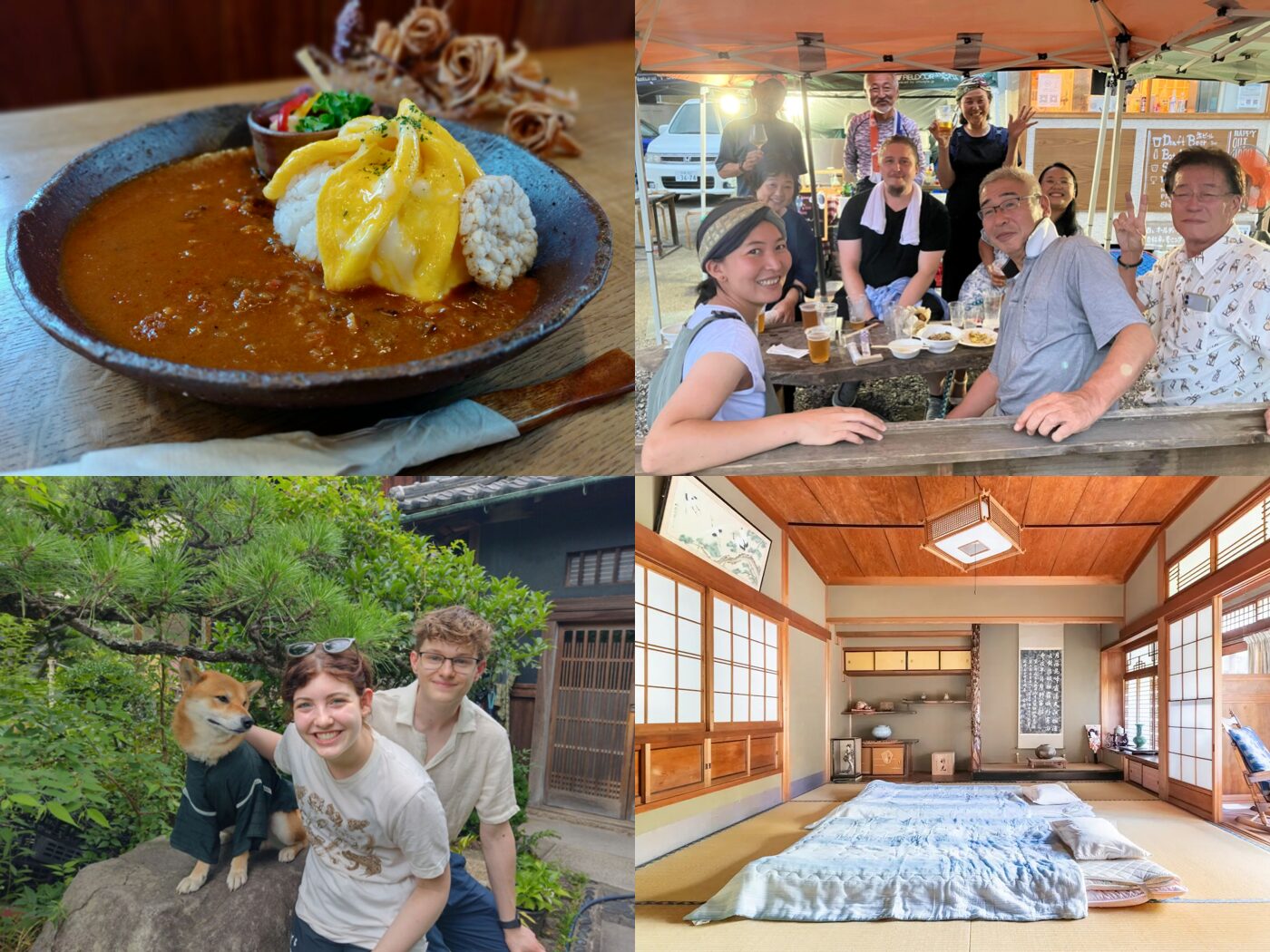
Ide Town is brimming with local pride, and townspeople are eager to share their traditions and history with visitors. A visit to Ide is a good opportunity to immerse yourself in this close-knit community. Visit a popular café and mingle with the locals. Highly recommended are Teoterasu Ide, a farm produce market and café located right next to Ide Town Hall, and Musubiya Café, which is renovated from a 100-year-old traditional house, preserving its original charm. Another favorite spot is Meiboku (Precious Wood) Cafe Shiki, rrun by a venerable timber merchant which is over 130 years old, located right by JR Tamamizu Station, the gateway to the town. It’s especially lively on Fridays and Saturdays with the night market, drawing crowds and creating a bustling atmosphere. They also have a guest house and host an Airbnb, welcoming guests from around the world.
